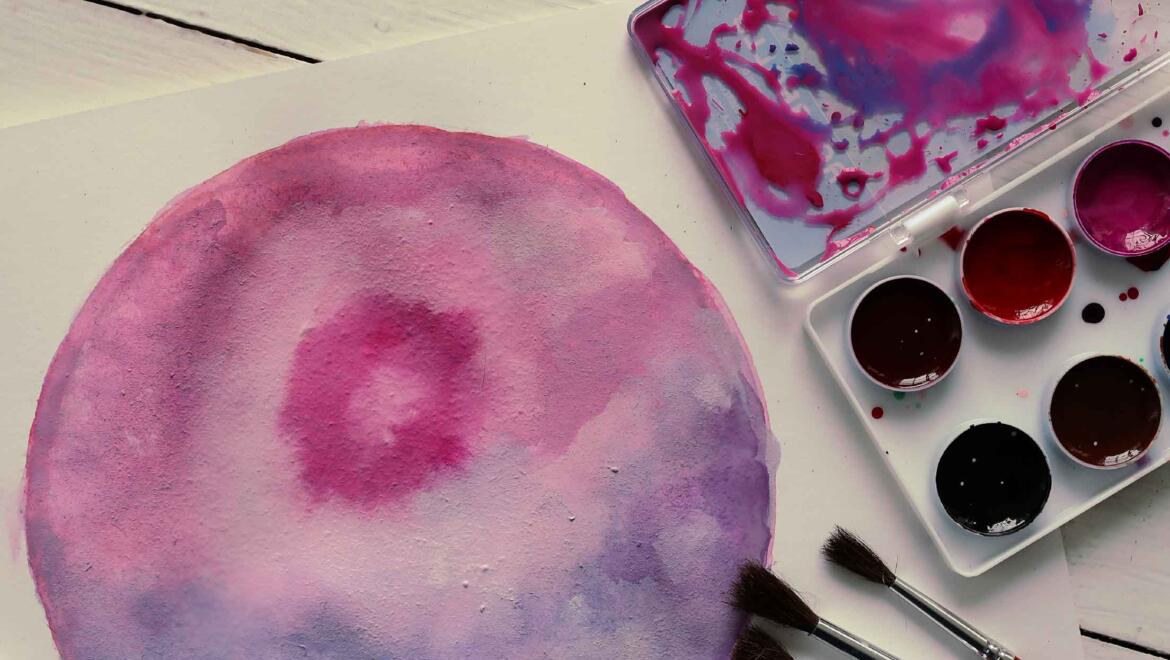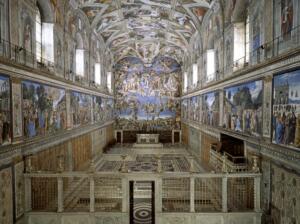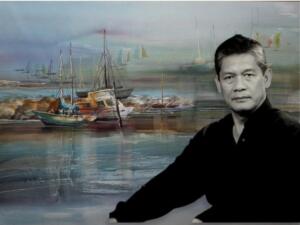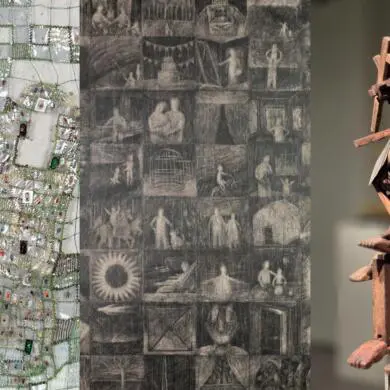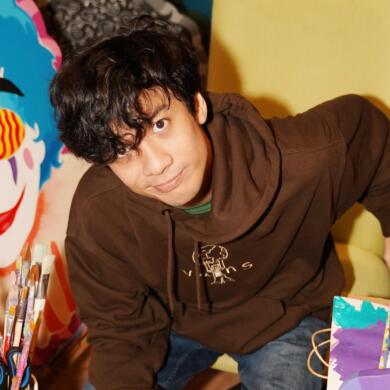With its vibrant pigments and delicate brushstrokes, how did watercolor painting begin?
Watercolor painting boasts a history spanning over 17,000 years. The earliest known instances of combining pigment with water were found in French caves, where ancient artists used ground materials like charcoal, colored rocks, and flowers into powders. These powders were then mixed with water, forming the earliest watercolor paints.
By the 1400s, many artists sill made their pigments and improved their techniques. In 1856, Louis Prang changed watercolor painting by making affordable, high-quality paints. His work made watercolor famous around the world.
This hard work continued until the 19th century when new manufacturing methods made watercolor paints more accessible.
Watercolor, often considered one of the most challenging mediums to master, is unique in that each brushstroke is permanent. Unlike acrylic or oil paints, there’s no going back to correct mistakes. However, this unpredictability in the way water and pigment interact can lead to stunning, unexpected effects, making each piece a one-of-a-kind masterpiece.
One of the best examples of watercolor techniques–the fresco painting–is the Sistine Chapel, painted by Michelangelo in 1512. This famous mural shows how versatile and timeless watercolor can be.
In the Philippines, Rafael Aranello Cusi, known as Popoy Cusi, is a Filipino artist specializing in watercolor. He is called the “Master of Watercolor in the Philippines” and is recognized as one of the country’s top watercolorists.
The Philippine Guild of Watercolors (PGW), also known as IWS Philippines, was established in 2016 by talented Filipino watercolor artists. They aim to increase awareness and appreciation for watercolor art throughout the country. As the official Philippine branch of IWS Globe Art Network, they connect local artists with a global community, fostering collaboration and showcasing the richness of Filipino watercolor art on the international stage.
Today, watercolor still amazes artists and viewers. It is loved for its bright, see-through colors and the skill needed to use it well.
— Toby Denise Concepcion

